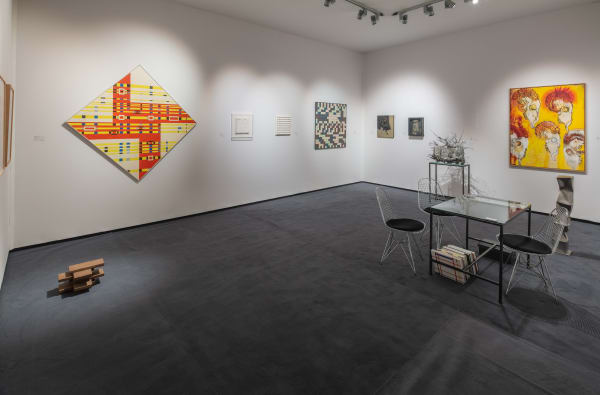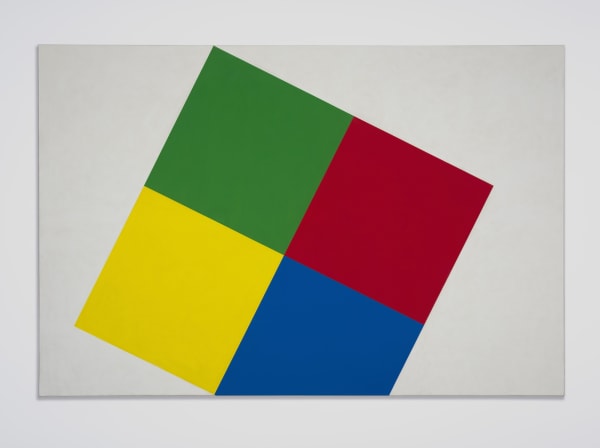Bram van Velde 1895-1981
Bram van Velde (1895-1981) came from a working class family. Bram and his brother Geer became a painters, his sister Jacoba translator and novelist. On his twelfth year, Bram started working at a furnishing firm to the needs of the family. He turned out to be a natural talent and soon copied the old masters and decorated lampshades and furniture for the company. His employer had an eye for his great talent and encouraged him to develop further. Bram moved with his support to Germany and settled in the artists' colony of Worpswede. Besides a few paintings in expressionistic style in van Velde made his first lithograph - a self portrait- in Worpswede. It appeared in an edition of the artists' colony in an edition of 500 copies.
Bram van Velde moved to France in 1925. He resides alternately in Paris, Corsica and Majorca and leads a miserable existence. During the Second World War he was in Paris. The Dutch consulate does not recognize him as an artist and considers him to be destitute. He eats at the soup kitchen and if someone asks him where he lives, he says: "My friends". Friends like Samuel Becket - who was awarded the Nobel Prize for Literature in 1969 - contributed to the later fame of Bram van Velde with articles about his work. Although van Velde had several exhibitions after the liberation of France, and a five-year contract with Galerie Maeght, his succes remained far..
Only after meeting with Jacques Putman his star began to rise. Putman gave impetus to the important lithographic works of Bram van Velde. Each lithograph bears the unmistacable stamp of the artist. The central theme is a colorful maze - a delineated mysterious web of roads without beginning and without end.
-

Art Affair. The Summer edition
Stand 8 17 - 20 Jun 2021TWELVE DUTCH ART DEALERS ENTER INTO AN ART AFFAIR FOR THE SECOND TIME The small-scale art fair Art Affair will take place for the second time in the ballrooms of...Read more -

The DAAF 2021
ONLINE ONLY 9 - 11 Apr 2021From 9 to 11 April 2021, members of the Royal VHOK organize the online fair The DAAF | The Dutch Art & Antiques Fair. The first online art fair in...Read more -

The Drawing
1 Feb - 30 Apr 2021More than all other visual art forms, the drawing shows the most direct and most intimate insight into the soul of the artist. Drawing as a direct transfer from the...Read more -

TEFAF Maastricht 2020
Stand 448 5 - 15 Mar 2020BorzoGallery is pleased to participate in TEFAF Maastricht in 2020. Just as in previous years, a striking stand is designed by the Amsterdam firm HOH Architecten . The larger of...Read more



